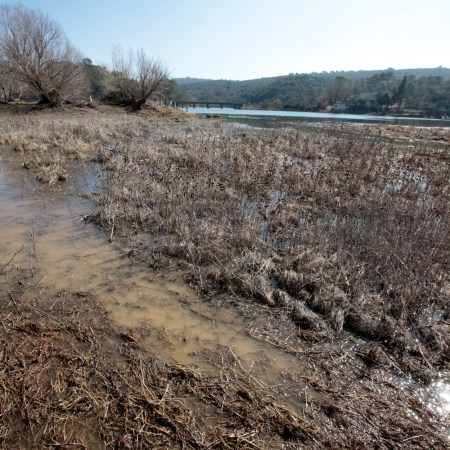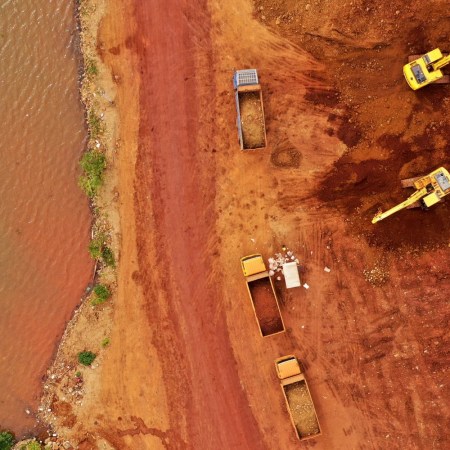A study published earlier this month looked at the rate of and contributions to what’s making New York City sink at the rate that it currently is. While other environmental factors are likely involved, scientists warn that the combined weight of New York City buildings across the five boroughs may be a potential factor.
Tom Parsons, a U.S. geophysicist at U.S. Geological Survey and the study’s lead author, told Live Science the idea for the study came from a trip to Belgium while looking at the foundation stones of a cathedral in Antwerp — he compared to stone structure being in one concentrated spot to “building a small mountain.”
Orcas Seem To Be Sharing Methods of Attacking Boats
That’s not at all terrifyingParsons and his team used various calculations and created databases to determine the estimated mass of the buildings — 1,084,954 of them — is about 1.68 trillion pounds. The scientists then developed computer models to understand the impact the weight might have on sinking on the city’s soil and its different conditions.
Using satellite data, the scientists found that the city is sinking at a rate of 1-2 mm a year across the city, with some areas having faster subsidence rates than others.
And while the weight of the city buildings is a possible factor in New York City’s subsidence rate, the study showed that it likely isn’t the only contributor. The Atlantic Coast is already at a risk of seeing subsidence rates 3-4 times higher than the global average, per the study. And sea levels rising, combined with the Earth’s natural shift from the last ice age and the increase in hurricanes, are likely another factor, the study suggested.
The 1-2 mm/year subsidence rate aligns with what the developed computer model predicted the rate may look like when considering the Earth shifting after the ice age as a factor. Live Science explained that when giant sheets of ice covered the Earth, the ground underneath sank, and edges of landmasses turned up. Now, other research suggests that areas that were shoved up are now sinking back down.
Hurricane Ida and Hurricane Sandy are also likely contributors to the subsidence rate, the study found. Both hurricanes caused heavy damage: Hurricane Sandy forced sea water into the city, and Hurricane Ida overwhelmed drainage systems with heavy runoff. Ultimately, both exposed buildings to salt water, which can overall weaken city structures.
And although 1-2 mm/year doesn’t seem too high, the study still warns that this issue could worsen with a rising population and increasing urbanization overall.
Ah, science.
Thanks for reading InsideHook. Sign up for our daily newsletter and be in the know.



















